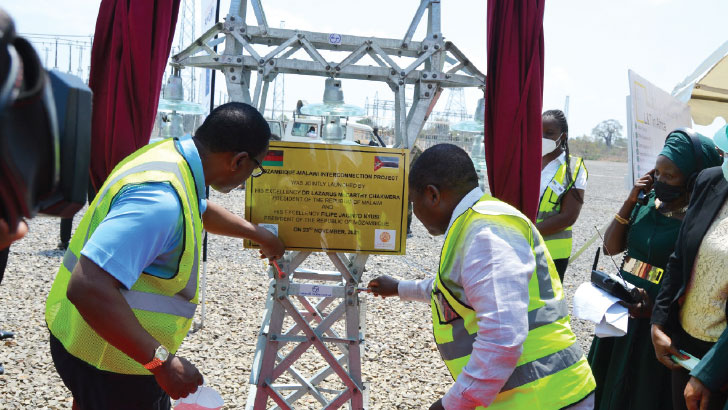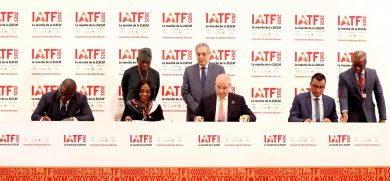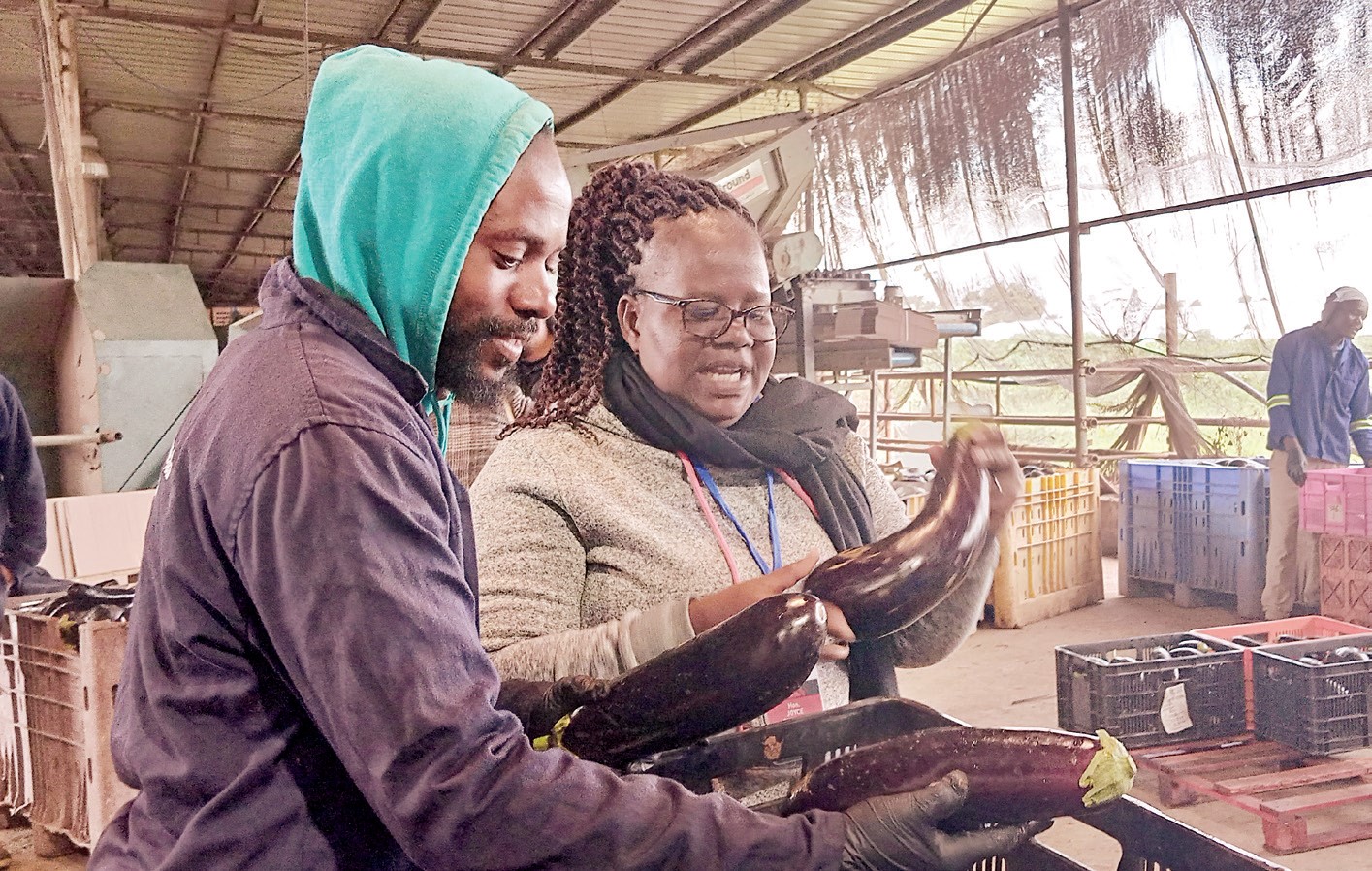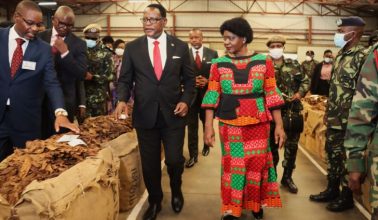Inside Chakwera’s economic recovery plan
President Lazarus Chakwera’s five-pronged Socio-Economic Recovery Plan holds the key to either propel the country into a haven of economic fortunes or plunge the economy further into an abyss of devastation.
It simply requires a delicate balancing act.

The 76-page blueprint, unveiled this week, lays bare how the Tonse administration intends to heal the wounds inflicted on Malawians who are reeling from the effects of the rising cost of living, worsened by the Covid-19 pandemic.
The plan has an implementation period of two years, from 2021 to 2023, and comprises catalytic short- and medium-term strategic interventions with long-term considerations that will enable Malawi to recover and build back better from the adverse impact of Covid-19.
The document also seeks to lubricate the country’s development wheels, as the country takes off to achieve its development aspirations as espoused in the Malawi 2063 Vision (MW2063), a new development agenda being implemented by the National Planning Commission to turn Malawi into a wealth generating, middle-income country.

While unveiling the socio-economic recovery plan in a televised statement, Chakwera’s State of the Nation Address sounded patriotic, statesman-like and reminiscent of an up-to-the-challenge leader.
The address also underlined a conundrum that has choked the fragile domestic economy– the Covid-19 pandemic. And the pandemic is just one wound.
In his address, the President acknowledged that the country’s economy is bleeding from four wounds, namely structural limitations, gross imbalance between imports and exports, the Covid-19 pandemic and government waste. And these are the four monsters which the recovery plan intends to deal with.
Chakwera is aware that government waste, among others, has done more harm than good to the $10.9 million (about K8.1 trillion) economy, based on precedence.
The Malawi economy has depended on grants and donations until the Cashgate scandal in 2013—during then Joyce Banda’s presidency—which fuelled donor fatigue.

Chakwera has admitted that without the help of the international community, the recovery plan will be in jeopardy.He called for solidarity from all sections of the Malawi society to support the implementation of the recovery plan in unison.
Said the President: “The success of this Socio-Economic Recovery Plan will depend on all of us. It will depend on State actors across my government aligning their activities, programmes, policies, budgets and spending within this plan. If they do not, the economy will not recover.
“Secondly, it will depend on non-State actors, corporations, development partners, foreign investors and private sector players responding to the interventions of this plan in ways that complement it.”
And flipping through the recovery plan, it recognises that recovery from the Covid-19 pandemic will require collaborative and multi-dimensional efforts, coordinated action across local communities, civil society, private sector, micro, small and medium enterprises; informal sector; and national and local government structures.

The five cornerstones
The recovery plan proposes the implementation of strategic interventions across five inter-linked focus areas where evidence shows accelerated recovery will be achieved if targeted.
The areas are: building a resilient and sustainable health system; education system; social protection system; building a resilient economy and labour market, and building an enabling macroeconomic policy environment.
These strategic areas are, however, not in a vacuum as they have corresponding specific measures designed to re-invigorate production and productivity in the economy by both State and private sector actors as defined within the five focus areas of the document.
The measures include intensifying efforts to increase the Covid-19 vaccinated population, infrastructure investments to stimulate long-term public and private investments, as well as to create employment, intensified digitalisation, sustaining and scaling-up the fiscal and monetary stimulants towards productive sectors of the economy, and administering safety nets, especially those that are productivity-enhancing.
Tellingly, Chakwera and team are cognisant of the fact that the five specific measures have long-lasting multiplier effects on the economy and if well-executed and nurtured, the economy is bound to heal and start registering higher-than expected growth rates by 2023.
Costing the plan
The total cost of implementing the recovery plan is K581 billion and the allocation is as follows: K398 billion for a resilient and sustainable health system; K57 billion for a resilient and sustainable education system; K9.5 billion towards a resilient and sustainable social protection system; K101 billion towards a resilient economy and labour market; and K15.5 billion towards building an enabling macroeconomic policy environment.
Economist Gowokani Chijere-Chirwa says the whole Economic Recovery Plan–whose resources represent a third of the 2021/22 National Budget– is well structured, although he worries that it leans too heavily towards the health sector while being spread too thinly across other areas.
Said Chijere-Chirwa: “Building an enabling macroeconomic policy environment is very key, just like creating a resilient economy and labour market. These areas needed to be allocated more resources if we are to heal.”
But an international development expert Peter Yakobe believes that investing in health infrastructure in the time of Covid-19 is smart policy.
He said the Covid-19 pandemic and the response measures undertaken so far have had
a multi-dimensional impact on the Malawian economy and its people; hence, the health sector needs more resources.
Yakobe said the pandemic has exposed many capacity gaps in the country’s healthcare system, which is already grappling with staff shortages, poor infrastructure, and inadequate drugs, among other challenges.
He said the dawn of Covid-19 meant that limited resources required for the entire health sector are shifted towards fighting against the pandemic.
Financing for the plan
The document cites tax revenue as a key source of financing the plan.
Coincidentally, it comes at a time when government has just launched a revenue mobilisation strategy which intends to increase domestic revenue by five percent in the next five years.
Reads the document: “As such, effort will be made to effectively leverage and enhance tax revenue through appropriate policy measures such as digitalising tax administration and collection processes; and the appropriate introduction of a progressive tax system informed by the relevant evidence in terms of value addition to the development and transformation of the economy.”
It further states that these measures will include efforts to eradicate tax evasion and tax avoidance; and address other structural issues hindering the efficient collection and utilisation of tax revenue.
The recovery plan is also counting on official development assistance (ODA) as another key source of its financing.
However, the risk remains that most of the country’s traditional development partners have closed their aid taps following the 2013 Cashgate scandal.
According to the World Bank Group (2019), the total net ODA received by Malawi in 1964 was around $32.5 million and by 2019, that amount hit $1.2 billion.
This suggests that ODA continues to remain the country’s key source of development financing, and it is estimated that this will continue to be the case for a considerable time, especially as Malawi strives to wean herself from donor support by 2063.
Foreign Direct Investment (FDI) inflow has also been considered one of the most important sources of investment in the document.
Although Malawi is struggling to lure investors, the recovery plan recognises that it is also important for the transfer of technology to countries, enhancement of production and export capacities, boost to economic growth and creation of jobs; and helping local firms to access international markets.
What do experts say?
Economist Milward Tobias, who is also executive director of the Centre for Research and Consultancy, thinks the recovery plan is commendable, saying there are a number of construction projects listed and also measures to stimulate businesses—both small and medium enterprises and large-scale enterprises.
He also says the directive to government officers to scale down on travel and suspend the purchasing of new vehicles earns the document kudos.
However, while describing the plan as ambitious, Catholic Commission for Justice and Peace national coordinator Boniface Chibwana said there are a number of areas of concern, including the potential plunder of the allocated resources.
He said: “Failure to account for K6.2 billion and K17 billion Covid-19 funds does not instil faith that the new funds will be used for the intended purpose.
“Without a strong accountability system, this may turn out to be another loophole to steal taxpayer money. The main worry is how this plan will be implemented.”
On his part, University of Malawi-based political commentator Ernest Thindwa hailed the document, saying it provides hope as it lays out the direction the country will be taking in the next two years.
“It is significant that Chakwera has identified key areas that his administration will focus on in its attempt to address the economic challenges,” he said.
In his address, Chakwera said Vice-President Saulos Chilima, who is also Minister of Economic Planning and Development and Public Sector Reforms, will engage the private sector and development partners on ways they can support the Socio-Economic Recovery Plan.
He also said Minister of Finance Felix Mlusu will engage various stakeholders in consultations aimed at ensuring the recovery plan is reflected in the upcoming national budget alongside other programmes such as free water connection. On the other hand, the Ministry of Information will be tasked with implementing a communication strategy to inform Malawians on progress being made, he said.





